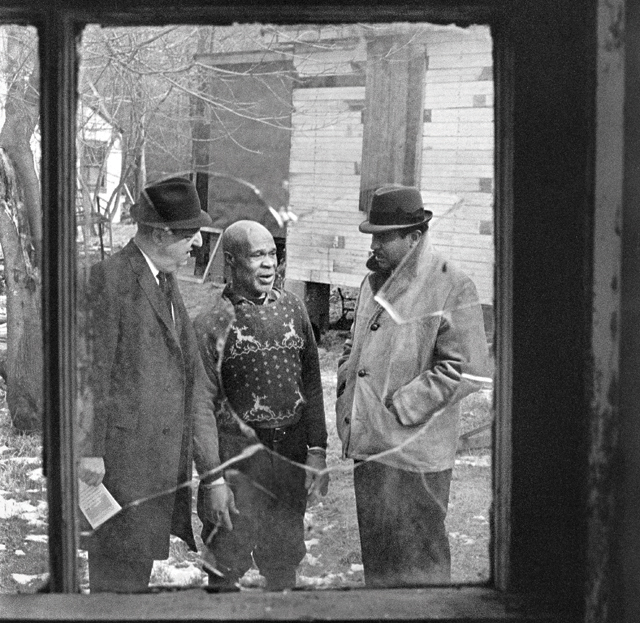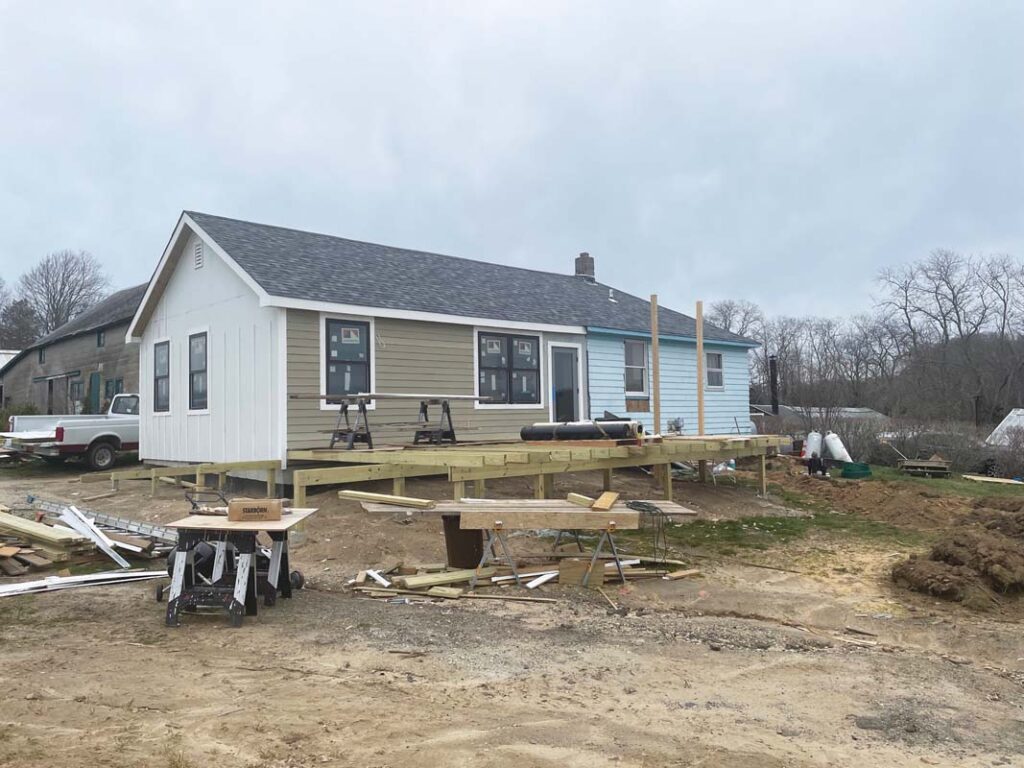Special Report: ‘Dark days’ at the Cutchogue labor camp


MEDIA EXPOSURE
Local reaction to the predominantly black migrant workers who lived at the Cutchogue labor camp was mixed from the start.
They were, depending on who you asked, “America’s most irresponsible, most hard-working, most improvident, most victimized, most destructive, most exploited, most unresponsive, most disenfranchised citizens,” Ruth Schier wrote at the start of a series on migrant workers that ran in the Long Island Traveler Watchman in May 1956.
The atmosphere wasn’t improved when accusations surfaced beginning in the 1950s of poor conditions and abuse at the camp. The NAACP condemned the migrant housing in a media blitz in 1957.
Then-governor Averill Harriman ordered an advisory council to investigate, but a year later the group declared the Cutchogue camp the “best we’ve ever seen,” according to a 1958 Newsday article.
Still, the complaints continued, soon reaching a national stage. For his groundbreaking 1960 documentary “Harvest of Shame,” Edward R. Murrow shot several brief scenes at the Cox Lane camp.
In the late 1950s and early 1960s, Newsday wrote two investigative series about the camp, alleging that those operating the camp didn’t do enough to provide sanitary and safe living conditions for the residents.
Migrant workers themselves also called the conditions deplorable. Eddie Clark, a migrant worker who stayed at the camp in 1964, called the place a “hellhole” in an interview for the 1996 book “Heaven and Earth: The Last Farmers of the North Fork” by Steve Wick, a Cutchogue resident and an editor at Newsday.
“[It was] a bunch of shabby cabins up next to each other,” he told Mr. Wick.
Meanwhile, local clergymen Ben Burns and Arthur Bryant campaigned for help at the camp. Eventually they succeeded in having workers from the Volunteers in Service to America program sent to the camp to help the impoverished migrants deal with medical care and buying groceries.
Suffolk County began cracking down on the camp and at one point advised that it be completely shut down and rebuilt from scratch. Farmers attempted to get federal aid to repair the camp, but were rejected.
The camp was still standing and in operation in 1967, when a news team descended on Cox Lane.
The documentary “What Harvest for the Reaper?” emerged from that visit. The film tracked the plight of the migrant workers, following crew leader Andrew Anderson as he berated his workers and forced them into debt. The farmers interviewed for the documentary said the migrant workers were to blame for the poor conditions.
“I think it’s very unfair for us as board members to be nursemaids to those people,” one board member of the farmers’ cooperative says in the film. “They wish to live in filth, not wash and go to the bathroom in their own living quarters. There’s no way I can stop it if I’m home in my own clean, lily-white sheets, which I change weekly.”
Soon after the documentary aired, public pressure against the camp mounted. In June 1969, the U.S. Senate Subcommittee on Migratory Labor held a two-day hearing to discuss working conditions at the camp. News articles, the Rev. Bryant and the documentary were all used as sources in the proceedings.
In 1970, the Suffolk County health department declared the camp “unfit for human habitation,” according to a Traveler article. The health department ordered it closed, evicting the 24 people then living there, though news reports indicate the camp was back up and running later that year.
Joe Gergela, now executive director of the Long Island Farm Bureau, said the government imposed strict regulations that shuttered many of the labor camps dotting Long Island.
“We wanted to make sure that there could be no abuse and that people were treated right and fairly,” he said.








